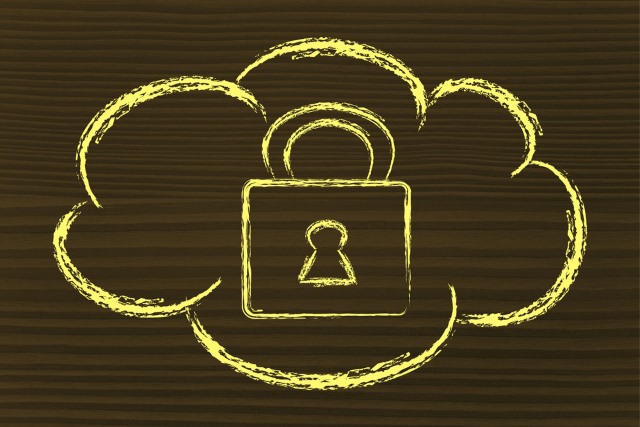
If there’s one thing that Edward Snowden left us with, it’s the notion that our digital data isn’t all that safe and that the government knows what we did last summer. But in essence, that only applies to that data being created and used using standard tools -- emails, browsers, etc.
However, if you really want to keep your data private, including browsing history and email, there are ways to do it. They’re simple to use, accessible and close to impossible to crack.
When it comes to browsing, using TOR (The Onion Router) is a safe bet. But email is not that straightforward. What you want to do with your emails is encrypt them.
What Is Encryption?
PGP (Pretty Good Privacy), also called data encryption is a process in which your email is scrambled, from basic letters and sentences into huge walls of symbols which, on first sight, make no sense whatsoever. In order to read the message, the recipient must have the encryption key, which will transform the mumbo-jumbo back into readable content.
That way, whoever intercepts your message won’t be able to read it. Can it be cracked? Basically, no.
How to Encrypt Emails
Encrypting can be done with a number of different tools. Some are websites, others are add-ons for your favourite browsers, but all of them are useful.
SecureGmail
Gmail being one of the most popular email clients in the world, I’ll start with this one. SecureGmail is a free extension for Chrome, which encrypts and decrypts messages within the browser, and keeps messages encrypted in both the sender’s and the receiver’s inbox. The messages also expire after a set amount of time.
Sendinc
Sendinc is a web service that makes sending an email safe and secure. You and your recipients can use Sendinc for free, and no software is required. Sendinc secures your message by ensuring that your data remains encrypted from the time it leaves your computer through the time your recipients retrieve it.
CryptoAnywhere
This is one of my favourite programs as it’s small enough to fit on a USB drive. If you don’t have your computer with you but still need to send that touchy email, make sure you have your CryptoAnywhere with you. With CryptoAnywhere you can send and receive secure email to and from anyone with an email account -- the recipients do not have to have Crypto Anywhere themselves.
Crypto Anywhere is free for personal and corporate use.
These are just some of the programs you can find out there, with lots popping up every day, thanks to Edward Snowden. However, keep in mind that many email programs and clients have an auto-save option, which save drafts before you send the message. Always make sure you write an email offline in a word processing app before sending the email.
Published under license from ITProPortal.com, a Net Communities Ltd Publication. All rights reserved.
Photo credit: faithie / Shutterstock

